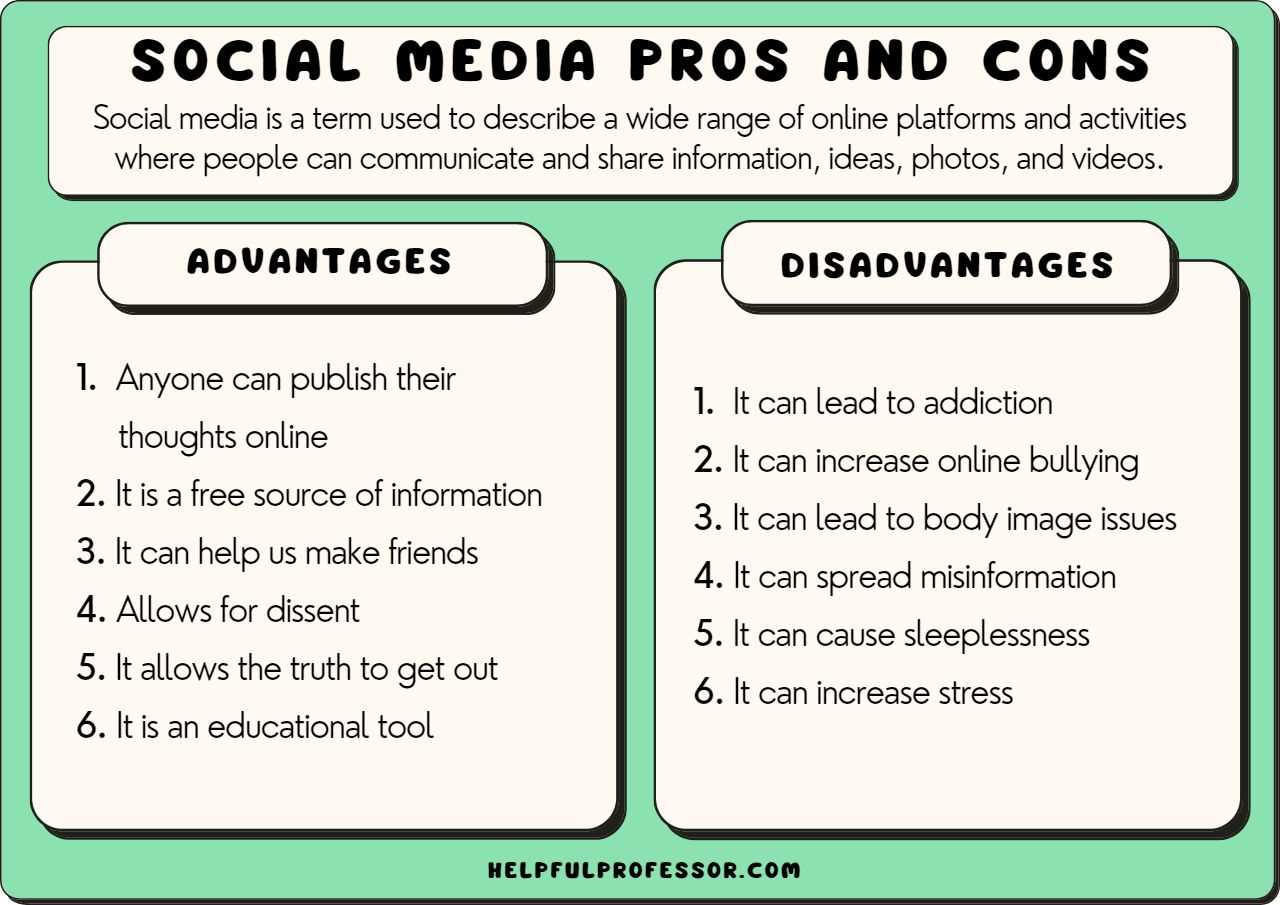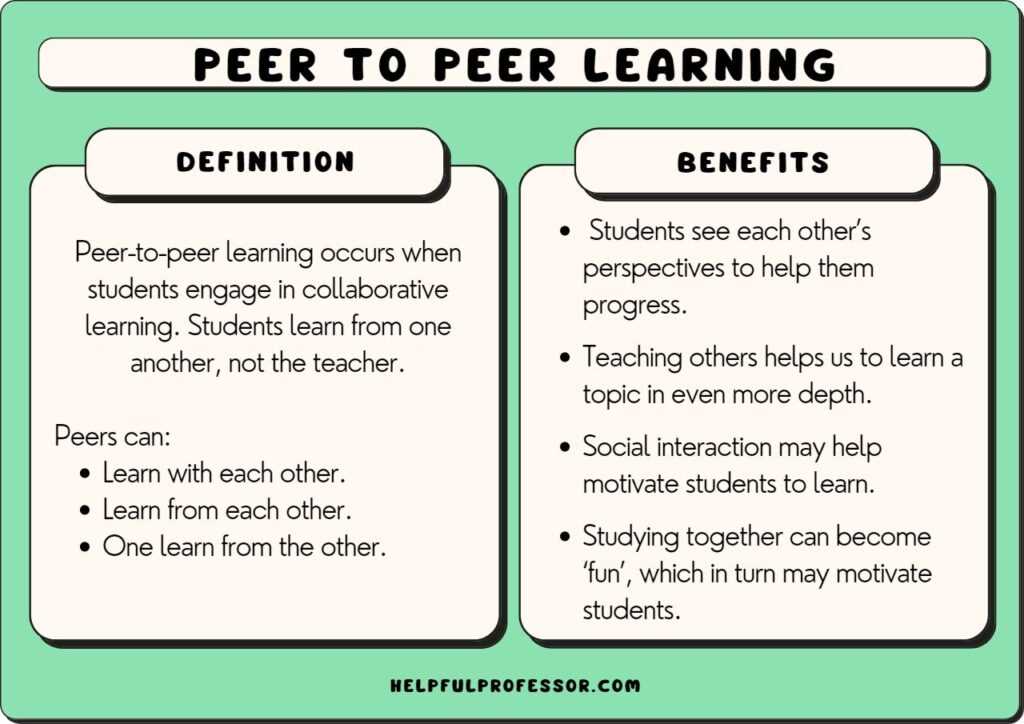Peer Group: Definition, Usage, Example, Pros and Cons
A peer group refers to a set of individuals or entities that share similar characteristics or attributes and are used as a benchmark for comparison. In various fields, such as finance, marketing, and education, peer groups play a crucial role in analyzing performance, making decisions, and setting standards.
Usage of Peer Groups
Peer groups are widely used in different industries for various purposes:
1. Financial Analysis: In finance, peer groups are used to compare the financial performance of companies within the same industry. By analyzing the financial ratios and metrics of peer companies, investors and analysts can gain insights into a company’s relative performance and identify potential investment opportunities.
2. Marketing Research: Peer groups are also used in marketing research to understand consumer behavior and preferences. By segmenting consumers into peer groups based on demographics, interests, or buying patterns, marketers can tailor their marketing strategies and messages to specific peer groups, increasing the effectiveness of their campaigns.
3. Academic Evaluation: In the field of education, peer groups are used to evaluate the performance of students or schools. By comparing the academic achievements of students or the performance of schools within the same peer group, educators can identify areas for improvement and implement targeted interventions.
Example of Peer Groups
Let’s consider an example of a peer group in the automotive industry. A peer group for a particular car manufacturer could include other companies that produce similar types of vehicles, have a similar market presence, or operate in the same geographical region. By comparing the sales, market share, and customer satisfaction ratings of these peer companies, the car manufacturer can assess its performance and identify areas where it needs to improve.
Pros and Cons of Peer Groups
There are several advantages and disadvantages of using peer groups:
Pros:
– Benchmarking: Peer groups provide a benchmark for comparison, allowing companies to assess their performance relative to their peers.
– Insights: Analyzing peer groups can provide valuable insights into industry trends, best practices, and areas for improvement.
– Decision-making: Peer groups can help in making informed decisions, such as setting performance targets, identifying competitive advantages, or allocating resources.
Cons:
– Lack of Diversity: Peer groups may limit exposure to different perspectives and innovative ideas, leading to a narrow focus on industry norms.
– Data Availability: Finding accurate and reliable data for peer companies can be challenging, especially in industries with limited transparency.
– External Factors: External factors, such as economic conditions or regulatory changes, can impact the performance of peer groups, making comparisons less meaningful.
What is a Peer Group?
A peer group is a social group consisting of individuals who are similar in age, status, or interests. These individuals often share common experiences, values, and goals, and they can provide support, guidance, and a sense of belonging to one another.
In various contexts, peer groups can be found in schools, workplaces, communities, and even online platforms. They play a significant role in shaping an individual’s identity, behavior, and social development.
Characteristics of a Peer Group
A peer group typically exhibits the following characteristics:
- Similarity: Members of a peer group share common characteristics such as age, gender, educational background, or interests.
- Interaction: Peer groups engage in regular interactions, which can be formal or informal, and may involve activities, discussions, or collaborations.
- Influence: Peer groups have a significant influence on individuals’ attitudes, beliefs, and behaviors. They can shape one’s opinions, choices, and social norms.
- Identity Formation: Peer groups play a crucial role in the development of one’s identity. They offer opportunities for self-expression, exploration, and the formation of social roles.
Benefits of Peer Groups
Participating in a peer group can have several benefits, including:
- Social Support: Peer groups offer a sense of belonging and acceptance, reducing feelings of isolation and loneliness.
- Learning Opportunities: Interacting with peers allows individuals to learn from one another, share knowledge, and gain new perspectives.
- Personal Growth: Peer groups provide a platform for personal growth, as individuals can receive feedback, set goals, and work towards self-improvement.
- Networking: Peer groups can serve as a valuable network for professional or personal connections, opening doors to new opportunities.
- Positive Influence: Being part of a supportive peer group can positively influence individuals’ behaviors, attitudes, and decision-making.
Overall, peer groups play a significant role in individuals’ social and personal development. They provide a sense of belonging, support, and opportunities for growth and learning. Whether in schools, workplaces, or communities, peer groups offer a valuable social network that can enhance one’s well-being and contribute to their overall success.
How to Use Peer Groups
A peer group is a valuable tool that can be used in various ways to gain insights and make informed decisions. Here are some ways in which you can effectively use peer groups:
1. Benchmarking

One of the primary uses of peer groups is benchmarking. By comparing your performance or metrics with those of your peers, you can identify areas where you excel and areas where you may need improvement. This information can help you set realistic goals and develop strategies to outperform your competitors.
2. Market Analysis

3. Networking and Collaboration

Peer groups offer an excellent opportunity for networking and collaboration. By connecting with individuals or businesses in your industry, you can share knowledge, exchange ideas, and collaborate on projects. This can lead to valuable partnerships, joint ventures, and access to new markets or resources.
4. Performance Evaluation
Peer groups can be used for performance evaluation and feedback. By comparing your performance with that of your peers, you can identify areas where you are lagging behind or excelling. This feedback can help you make necessary adjustments, improve your processes, and enhance your overall performance.

Emily Bibb simplifies finance through bestselling books and articles, bridging complex concepts for everyday understanding. Engaging audiences via social media, she shares insights for financial success. Active in seminars and philanthropy, Bibb aims to create a more financially informed society, driven by her passion for empowering others.
